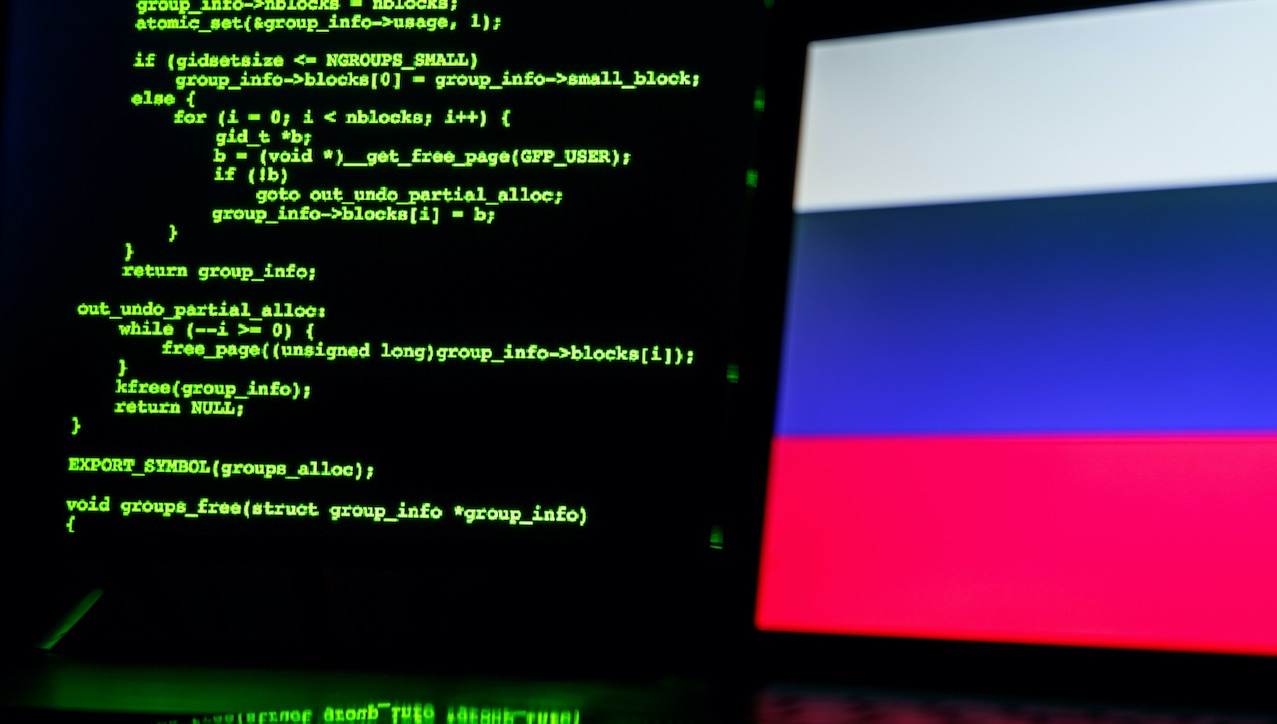February 24 will be a sad anniversary: we will have reached a year of conflict between Russia and Ukraine.
It’s time to take stock, even if we realize how devastating the conflict is (from different points of view) on a daily basis. Conflict which, we have repeated since the very first days of the invasion, is more than ever consumed on the double track, the real and the virtual one.
Cross-hacking, bans, Internet limitations and the spread of fake news are producing a real war within the war.
Moreover, Italy too (and not only that, as we shall see) has suffered and is suffering various cyber attacks attributable to Russian cybercriminals, such as the Killnet group.
There has been a dramatic increase in Russian cyberattacks in 2022. As testified by a research published on Thursday 16 February on the Google blog. The title of which is “Fog of war: how the Ukraine conflict transformed the cyber threat landscape”.

A cyber war
Mandiant, a cybersecurity company recently acquired by Google Cloud, was responsible for the report on hacker attacks.
As already sadly known, “cyber will play an integrated role in future armed conflicts, supporting traditional forms of warfare”.
Russian cyber attacks have intensified since the outbreak of the war, and confirm the fact that every conflict is now also a cyber conflict.
The numbers
Russian cyberattacks skyrocketed in 2022.
If those against Ukraine have increased by 250% compared to 2020, it has even reached +300% against NATO countries.
But what goals do Russian hackers prefer, or in any case ideologically close to Moscow?
The targets of the attacks
Since February 24, 2022, Russian cyberattacks have mainly targeted the infrastructure of the Ukrainian government and military establishments. But there have been attacks against critical infrastructure, public services and the media.
The largest percentage of criminal actions took place in the first four months of the conflict.
The modalities
As we have also noticed on several occasions in our country, Russian hackers are moving “towards specialization in the ecosystem of ransomware, merging tactics and actors and making definitive attribution more difficult”.
One of the most sensational offenses was the phishing campaign with fake emails from Elon Musk’s Starlink service (who gave the service to the population of Ukraine for free). As well as phishing on Microsoft program updates and spam emails from the Revenue Agency of Ukraine.
Google’s report also notes the use of virus wipers, which erase data. Russia has also manipulated public perceptions of the war and international support for Ukraine.
Change the scenery
The report highlights that this massive wave of cyberattacks “triggered a dramatic shift in the Eastern European cybercrime ecosystemwhich is likely to have long-term implications for both the coordination between criminal groups and the scale of cybercrime around the world.”
In the near future, we read in the Google blog article, there will be increasingly critical Russian cyberattacks against Ukraine and beyond. Because “they will expand more and more to NATO partners”.
The cyber attack on NATO
In this regard, the very recent hacker attack, claimed by Killnet, on NATO sites, which took place on 12 February.
At the beginning of the month there was a meeting between British and Ukrainian IT security managers. Double objective, that of reinforcing cybersecurity and forming a common front.
Perhaps, given the global state of emergency in this sense, it would be necessary not (or not only) bilateral meetings but common tables, in order for everyone to field their own strengths and skills, to share the information held by their respective governments and, finally, to find , a common front of defense against Russian cyber attacks.
The Ukrainian report
Always in early February Yurii Shchyhol, head of Ukraine’s State Service for Special Communications and Information Protection, said there were as many as 2,194 Russian cyberattacks against his country during 2022..
Of these, 300 targeted the security and defense sector, more than 400 the commercial, energy, financial, telecommunications and software sectors, and more than 500 against government organizations.















Leave a Reply
View Comments